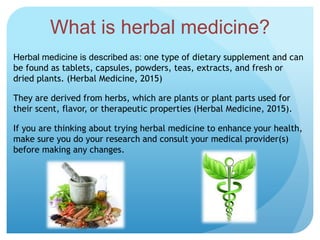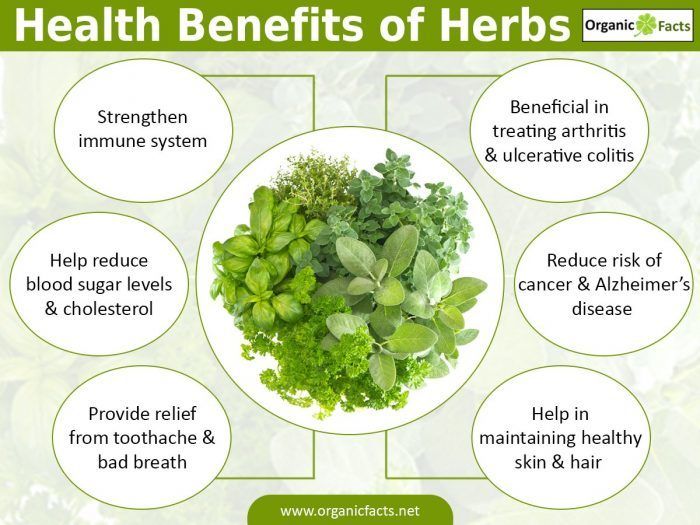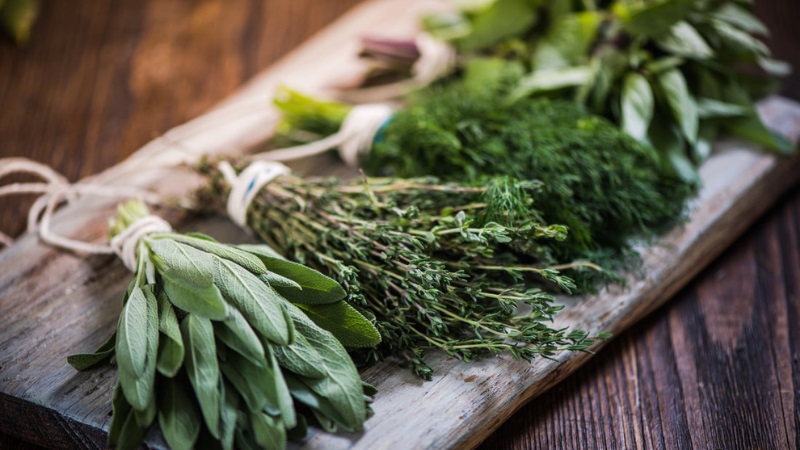Herbalife - The Facts
Herbalife - The Facts
Blog Article
The Definitive Guide to Herbalife
Table of ContentsThe 9-Second Trick For HerbalifeThe 5-Minute Rule for HerbalifeFacts About Herbalife UncoveredSome Known Questions About Herbalife.

The overall commercial value of the ethnobotanicals market can not be neglected. In 1995, the overall turnover of nonprescription-bound natural medicines in drug stores was equivalent to practically 30% of the overall turn over of nonprescription-bound medications in Germany, and in the United States, the annual retail sales of herbal items was estimated to be US$ 5 - herbalife pricing.1 billion.
Herbalife Fundamentals Explained
In China, in 2003, standard natural medicines played a popular role in the technique to consist of and treat extreme acute breathing syndrome (SARS), and in Africa, a standard organic medication, the Africa flower, has been used for years to deal with throwing away symptoms related to HIV (De Smet 2005; Tilburt and Kaptchuk 2008).
Herbs and plants can be refined and can be absorbed various methods and forms, and they include the whole herb, teas, syrup, essential oils, lotions, salves, rubs, pills, and tablets which contain a ground or powdered form of a raw natural herb or its dried essence. Plants and herbs extract differ in the solvent made use of for extraction, temperature level, and removal time, and consist of alcoholic extracts (tinctures), vinegars (acetic acid essences), warm water essence (tisanes), long-term steamed essence, usually roots or bark (decoctions), and cool mixture of plants (macerates).

About 200 years ago, the first pharmacologically active pure compound, morphine, was created from opium removed from seeds coverings of the poppy Papaver somniferum. This exploration revealed that medications from plants can be purified and carried out in exact dosages despite the source or age of the material (Rousseaux and Schachter 2003; Hartmann 2007).
Facts About Herbalife Uncovered
With this continued pattern, items from plants and all-natural resources (such as fungi and aquatic microbes) or analogs motivated by them have contributed greatly to the commercial drug preparations today. Instances include antibiotics (e.g., penicillin, erythromycin); the heart energizer digoxin from foxglove (Digitalis purpurea); salicylic acid, a forerunner of aspirin, derived from willow bark (Salix spp.); reserpine, an antipsychotic and antihypertensive medication from Rauwolfia spp.; and antimalarials such as quinine from Cinchona bark and lipid-lowering agents (e.g., lovastatin) from a fungi (Rishton 2008; Schmidt et al.
Even more than 60% of cancer therapies on the market or in screening are based on natural items. Of 177 medications authorized worldwide for therapy of cancer, greater than 70% are based upon all-natural products or mimetics, a lot of which are enhanced with combinatorial chemistry. Cancer therapeutics from plants consist of paclitaxel, separated from the Pacific yew tree; camptothecin, stemmed from the Chinese "happy tree" Camptotheca acuminata and used to prepare irinotecan and topotecan; and combretastatin, originated from the South African bush willow (Brower 2008.
In between 2005 and 2007, 13 medications derived from natural products were authorized in the United States., last accessibility: November 5, 2010).
The Facts About Herbalife Revealed
In the United States, the National Facility for Complementary and Natural Medicine at the National Institutes of Health and wellness invested approximately US$ 33 million on herbal medications in the financial year 2005; in 2004, the National Canadian Institute dedicated nearly US$ 89 million for studying a variety of traditional therapies. While this scale of investment is reduced compared to the total r & d expenses of the pharmaceutical market, it nevertheless shows authentic public, sector, and governmental interest in this field (Li and Vederas 2009). With incredible development in the rate of interest in and usage of typical medicines worldwide, two main locations of issue occur that bring major challenges.

Report this page